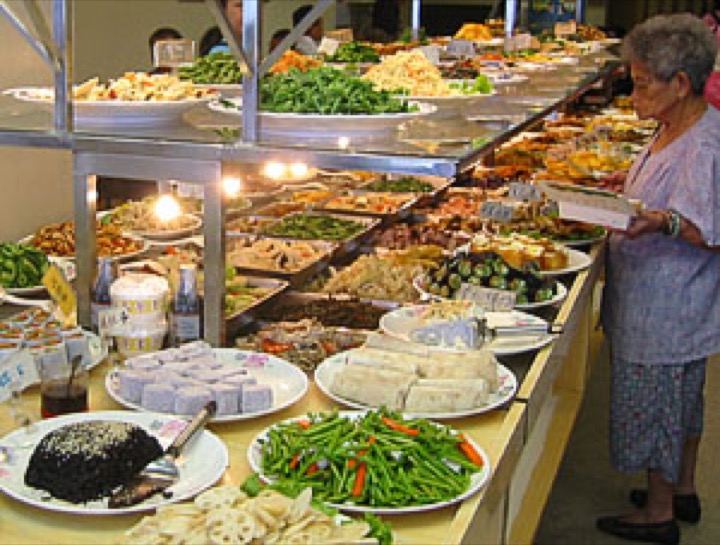Sugar is everywhere and it is more dangerous than you think. Cocaine is regarded as one of the most addictive drugs on the planet. But did you know sugar, in high quantities, can be just as addictive?
In 2007, French researchers took mice addicted to cocaine and gave them two options: water containing cocaine, and water containing sugar. Guess what happened? Over half of the mice switched their addiction to sugar. Sure, this experiment was done with mice, but a variety of research has clearly shown sugar and cocaine both activate the same pleasure center in the human brain. In fact, if the amount of sugar is high enough, researchers at Princeton have shown the degree of stimulation is indistinguishable. In short, sugar can act like a drug.
Obesity is the condition of having a body weight that puts you at risk for disease, most notably cancer, diabetes, and heart disease. The truth is obesity in children was a condition unheard of fifty years ago. You simply did not have obese children.
In the U.S. today, 17 percent of all children and 35 percent of all adults are obese. An additional 20 percent of children and 34 percent of adults are overweight. The number of obese children in 1970? Less than 1 percent.
I want to be clear what I mean when I use the word “sugar” in this article. I mean “refined sugar” or “added sugar.” It turns out there is a huge difference between sugar in Coca Cola and sugar in an apple. Sugar in an apple (and other fruits) is encased in plant fiber. This means it takes more time to digest, more time for the sugar to release. Refined sugar, on the other hand, sprinkled on food or baked into a cake, releases immediately into our bloodstream the moment digestion begins.
This has a profound effect on our liver, which panics when it sees large quantities entering the blood. This panic occurs because our liver is responsible for maintaining a constant level of blood sugar and needs to work extra hard to deal with the incoming wave.
Over the course of several years, if our liver panics hundreds or thousands of times, its ability to function properly can be adversely affected, resulting in type II diabetes.
Americans suffering from type II diabetes in 1970 were less than 2 percent. Today, over 10 percent or about 30 million are suffering from it. A joint study by Cambridge University and Harvard published this year showed convincingly that sugared beverages such as Coca Cola increase the risk of type II diabetes by about 18 percent per serving. Since a can of Coca Cola contains about two servings, this means someone drinking an average of two cans a day is about 70 percent more likely to get type II diabetes.
This trend held true even when the subjects were not overweight, indicating strongly that sugar is the main cause, and not body weight (a common misconception). In summary, sugar is a silent poison. It doesn’t kill you in one go, it quietly destroys you through years of addiction by giving you chronic disease. And without you realizing it, sugar has already invaded Korea.
This week, I spent an hour in a grocery store looking to see how many foods have added sugar. I looked at over two hundred and eighty food items. Of those that weren’t fresh vegetables, fruit, meat, or fish, a whopping 88 percent (113/128) contained added sugar. Even hot pepper paste, dried seaweed, and vinegar. And it’s not just the grocery store. In the last decade, I have noticed more and more of my Korean students eating thick sauces on fried chicken or hamburgers and washing it down with sugared drinks. The silent epidemic isn’t coming, folks: it’s already here. Prevalence of obesity in Korea in 1998? About 2 percent. Obesity last year was 4 percent. Korean diabetes rate in 1970 was 1.5 percent. Korean diabetes in 2011 was 9.9 percent.
Author: Justin Fendos
X-posted from Korea Times



